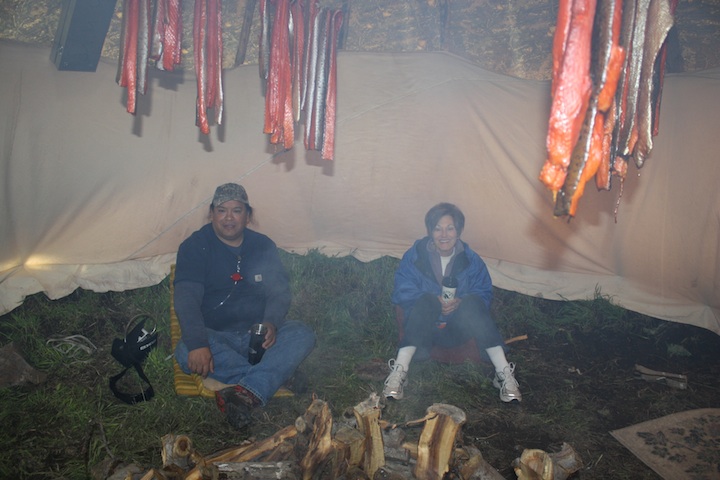The K.C. Donnelly Externship Award Supplement from NIEHS gives SRP Trainees valuable training opportunities. We are thrilled to have two winners this year.
From NIEHS…
Leah Chibwe
Leah Chibwe is a graduate student at the Oregon State University (OSU) Superfund Research Program under the guidance of Staci Simonich, Ph.D. She will complete a three month externship at the University of North Carolina at Chapel Hill (UNC) with Michael Aitken, Ph.D. Chibwe will identify potentially genotoxic compounds in bioremediated soil, originally contaminated with Polycyclic Aromatic Hydrocarbons (PAHs). She plans to extract and fractionate PAHs from pre- and post-remediated soil samples and then conduct the novel DT40 bioassay to characterize genotoxicity associated with the fractions. Additionally, she will use Comprehensive 2-Dimensional Gas Chromatography coupled to Time of Flight Mass Spectrometry (GCxGC/ToF-MS) to investigate whether parent PAHs are converted to oxygenated PAH byproducts, which are more water soluble, bioavailable, and potentially more toxic.
“This externship will give me the opportunity to learn about the operation of the UNC lab-scale bioreactor and the DT40 bioassay technique at UNC to evaluate the human health impacts of PAHs at Superfund sites,” said Chibwe. “I will also expand my knowledge and experience beyond the scope of analytical chemistry, allowing me to learn a transferable skill set that will benefit both myself and the Simonich lab at OSU.”

Erin Madeen
Erin Madeen is a graduate student in the Oregon State University (OSU) Superfund Research Program under the mentorship of David Williams, Ph.D. She will complete a three week externship at the Lawrence Livermore National Laboratory in Livermore, Ca. under the guidance of Ted Ognibene, Ph.D. Madeen will be conducting analysis of high molecular weight polycyclic aromatic hydrocarbons (PAHs) in blood and urine from human volunteers following micro-dosing with environmentally relevant amounts of labeled PAHs. She will learn to use moving wire technology, an HPLC system that can separate individual metabolites coupled to accelerator mass spectrometry, for metabolite quantitation. The externship will provide support for a collaborative goal of the OSU Center to determine the ultra-low dose pharmacokinetics of PAHs and metabolites in human volunteers.
“Moving wire is a new technology and our project is the first metabolite study on this system. Lawrence Livermore National Laboratory is in a unique position to provide valuable training that I can bring back to my laboratory at OSU. We will rely heavily on the moving wire platform for future projects,” said Madeen. “My ultimate goal is to produce data that helps generate accurate human risk assessment decisions for better health and quality of life.”



